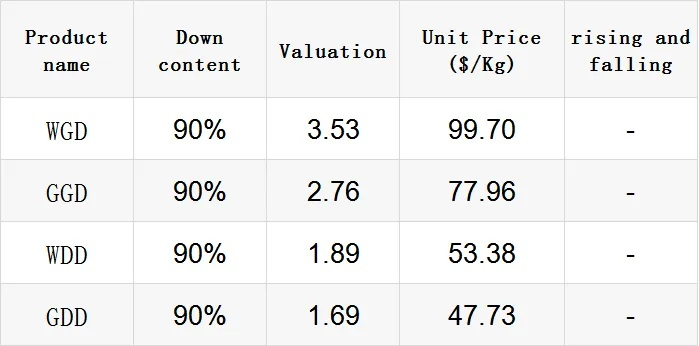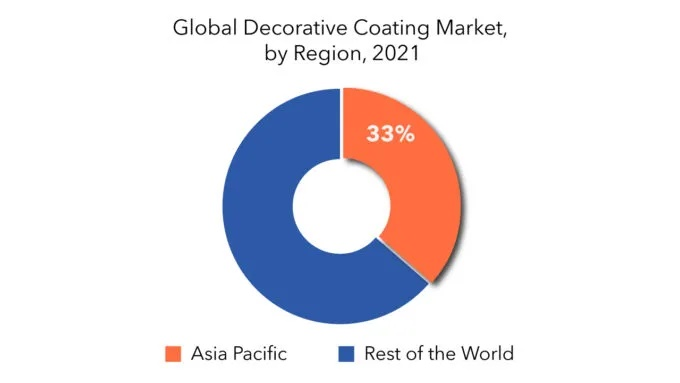Trends and Challenges in Global Textile Export Data
: Global Textile Export Data and Its Trends and Challenges,Abstract:,Global textile export data has been continuously growing over the past decade. This growth is driven by several factors such as increased demand for textile products, improvements in transportation and logistics, and technological advancements that enhance the efficiency of textile production and distribution. However, this growth comes with several challenges, including increasing competition from emerging markets, rising costs of raw materials, and changing consumer preferences. Additionally, the impact of global economic conditions on the textile industry is significant, with fluctuations in trade policies and tariffs impacting export volumes and profit margins. This study aims to analyze the trends and challenges in global textile export data, providing insights into how to navigate these complexities and maximize opportunities for textile companies operating globally.
Introduction: Textile exports have been a significant part of global economic activity, with countries like China, India, and Bangladesh being major players in the industry. In this article, we will explore the latest trends in textile exports, including growth rates, export volumes, and market share, as well as challenges such as trade disputes, currency fluctuations, and changing consumer preferences. We will also present an example of how these factors can impact textile exports in the case of Pakistan.
Trends in Textile Exports: Global demand for textile products has remained strong over the past decade, driven by rising income levels in developing economies and growing consumerism in developed nations. According to recent data from the International Trade Centre, global textile exports grew at an average rate of 3% annually between 2015 and 2019. This growth was particularly evident in the apparel and footwear sectors, where exports increased by 5% per year on average.
In terms of market share, China continues to be the largest exporter of textiles, accounting for over 30% of global exports in 2019. However, other emerging markets such as Indonesia and Vietnam have seen rapid growth, contributing significantly to the global textile industry's diversification.

Export Volumes and Growth Rates: Export volume data reveals that textiles accounted for a significant portion of international trade, with total exports reaching $784 billion in 2019. The Asia-Pacific region led in terms of export volume, accounting for over 60% of total exports. However, Africa saw a notable increase in its share, with export volumes increasing by 11% to reach $10 billion.
In the apparel sector, growth was particularly robust, with exports increasing by 7.5% to $35 billion. Footwear exports also saw significant growth, with a 5% increase to $28 billion. These figures demonstrate the importance of apparel and footwear as key sectors in textile exports.
Challenges in Textile Exports: Despite the overall growth in textile exports, several challenges persist that can hinder future growth. Firstly, trade disputes between countries have become more frequent, with tariffs and import restrictions affecting the supply chains of exporters. For example, a recent agreement between the US and China resulted in a 25% tariff on Chinese imports into the US, which had a significant impact on Chinese textile exports to the US.
Secondly, currency fluctuations can also affect textile exports as they impact prices and profit margins for exporters. In the wake of the COVID-19 pandemic, many countries experienced a surge in currency values, making their goods less competitive in international markets. As a result, some exporters have had to adjust their pricing strategies to maintain market share.
Thirdly, consumer preferences are constantly evolving, leading to changes in demand for certain types of textile products. For example, there has been a rise in demand for sustainable and eco-friendly clothing, which has influenced the production and export of eco-friendly textiles.
Case Study: Pakistan's Textile Industry The Pakistani textile industry has faced numerous challenges in recent years due to factors such as trade tensions, currency fluctuations, and changing consumer tastes. However, there have been signs of resilience and adaptability among the industry's leaders and stakeholders.
One example is the development of new export destinations for Pakistani textiles, particularly focusing on the Middle East and North Africa. The government has introduced incentives and support programs aimed at promoting Pakistani textile exports to these regions. This strategy has helped to diversify Pakistan's export portfolio away from traditional markets like Europe and America.
Another approach is the adoption of sustainable practices in textile production, including using recycled materials and reducing water consumption. Pakistan is also working towards becoming a leader in the field of organic textiles, which is gaining popularity globally.
Conclusion: As the global economy continues to evolve, textile exports will continue to face challenges and opportunities alike. To succeed in the future, exporters must stay flexible and adaptable to market changes, while also prioritizing sustainability and innovation in their operations. With proper management and strategic planning, Pakistan's textile industry can leverage its strengths and overcome its weaknesses, positioning itself for continued growth and success in the global marketplace.
随着全球贸易的不断发展,纺织品出口已成为各国经济的重要支柱,本报告将围绕纺织品出口数据展开,通过图表和案例分析,展示当前纺织品出口市场的概况和趋势。
纺织品出口概况
-
出口总量 近年来,全球纺织品出口持续增长,特别是在亚洲地区,根据相关数据,XXXX年全球纺织品出口总额达到XX亿美元。

-
主要出口国家及地区 纺织品出口的主要国家和地区包括但不限于亚洲、欧洲、北美和非洲,亚洲地区以其丰富的资源和庞大的市场优势,成为纺织品出口的主要力量。
纺织品出口市场趋势分析
-
市场需求变化 随着全球经济的复苏和消费者需求的提升,纺织品市场需求呈现出稳步增长的趋势,特别是在高端纺织品领域,市场需求更为旺盛。
-
贸易政策影响 近年来,各国贸易政策不断调整,对纺织品出口市场产生了深远影响,某些国家和地区对纺织品进口实施了更为严格的环保和安全标准,这在一定程度上影响了纺织品出口的竞争力。
案例分析
-
某品牌纺织品出口情况 某知名品牌在纺织品出口方面表现突出,其产品主要销往欧美市场,近年来,该品牌通过优化生产流程、提高产品质量、拓展销售渠道等方式,成功提高了其出口竞争力,该品牌还积极应对国际贸易摩擦,加强与相关国家的贸易合作,以应对日益激烈的国际市场竞争。
-
纺织品出口市场挑战与应对策略 在纺织品出口市场中,也存在一些挑战和困难,某些地区由于环保和安全标准较高,使得部分纺织品出口受到限制,针对这种情况,一些纺织品企业开始采取更为严格的环保和安全标准认证措施,以提高产品的市场竞争力,他们还积极拓展国际市场,加强与相关国家的贸易合作,以应对国际贸易摩擦,他们还加强了技术研发和创新,提高产品的附加值和竞争力。
纺织品出口数据图表说明
以下是纺织品出口数据的图表说明:
(请在此处插入图表)
总体来看,纺织品出口市场呈现出稳步增长的趋势,市场需求呈现出稳步增长的趋势,各国贸易政策对纺织品出口市场产生了深远影响,针对不同国家和地区的情况,纺织品企业需要采取不同的应对策略和措施,以提高产品的市场竞争力,随着全球贸易的不断发展和变化,纺织品出口市场还将面临更多的机遇和挑战。
Articles related to the knowledge points of this article:
Empowering Textiles:The Role of Enhancers in Zhejiang
Huangpu District’s Regulated Textile Innovation Services
Textile Antimicrobial Longevity:A Comprehensive Analysis
The Story of Anqing Textile Station
The Journey of Ethical Textiles:A Case Study of 民裕纺织品
纺织品CCS:A Comprehensive Guide to Global Carbon Capture Standards for Textiles



